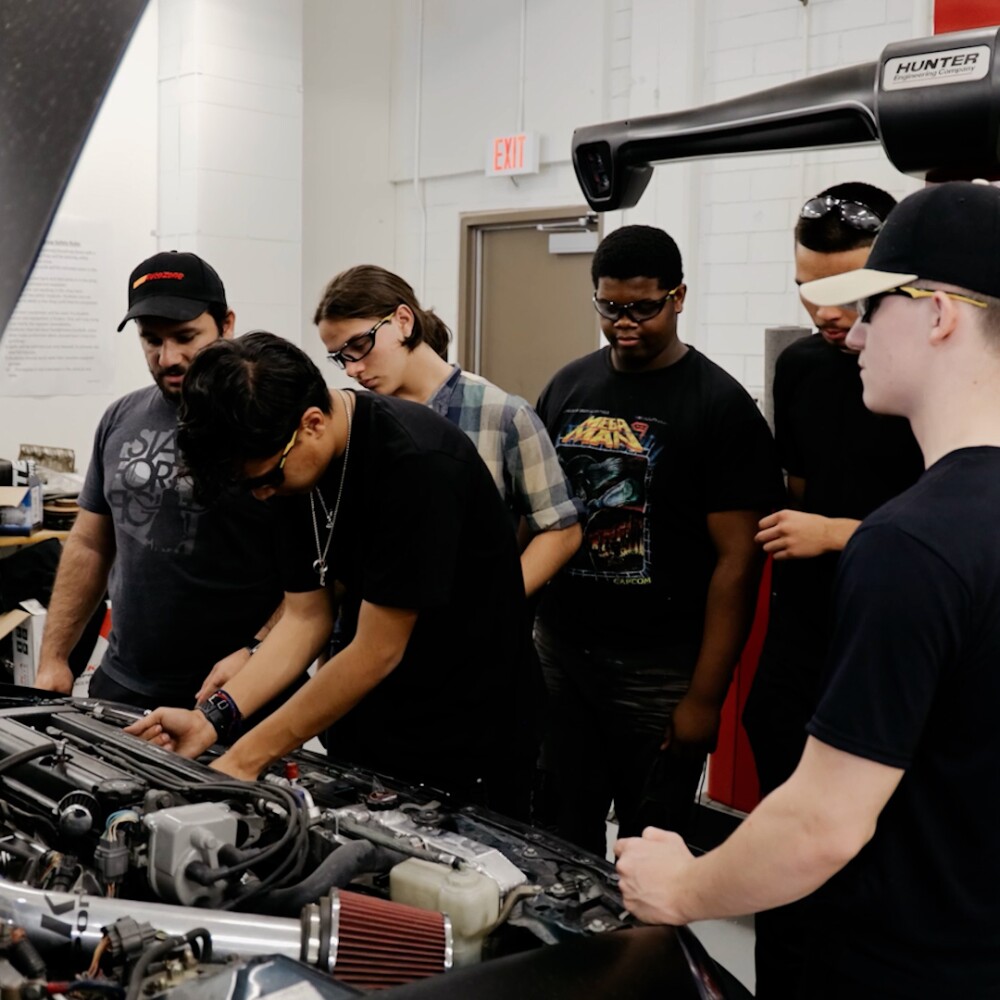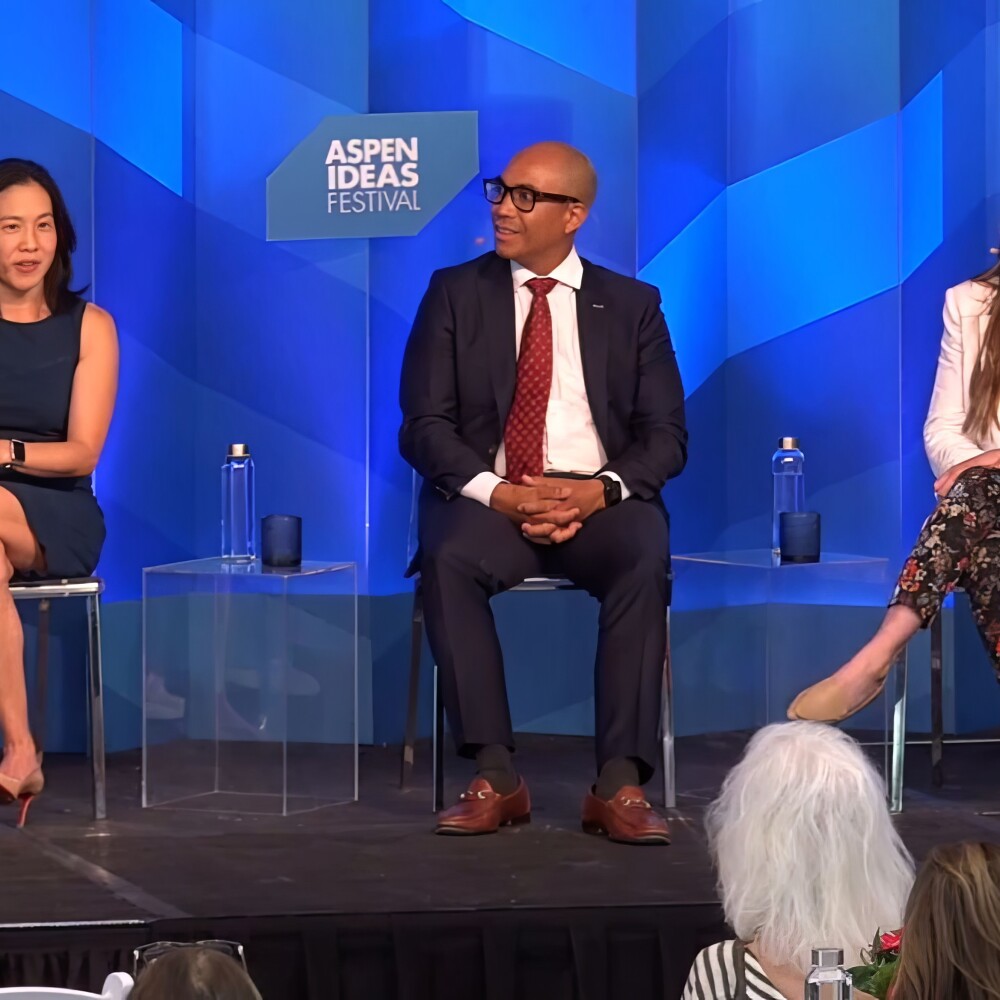Last week, we celebrated teaching excellence and high-quality schools through Teacher Appreciation Week and National Charter Schools Week. But our commitment to understanding how to build great schools and support great educators should guide us every day of the year.
To help students achieve a lifetime of learning, opportunity and purpose, we need a firm grounding in what we have learned. Over many years, some of the country’s most esteemed K-12 researchers and practitioners have provided valuable insight into understanding the environment that leads to creating effective schools that support teachers and improve learning for all students. Today’s successful public charter schools inform this larger tradition of effective school research.
Thinking Differently About K-12 Success
A report more than 50 years ago by James Coleman, The Equality of Educational Opportunity, revolutionized how we evaluate educational success in K-12 schools. Coleman wrote that “the major virtue of the study [was] shifting policy attention … from inputs (per pupil expenditure, class size, teacher salaries, and so on) to a focus on outputs.”
Coleman’s insight on judging school effectiveness — later christened “accountability for results”— was a precursor to a Nation’s Governors’ report 40 years later, “Time for Results.” This 1991 report led to two significant developments in K-12 education:
- Researchers began paying closer attention to inequalities in educational attainment — the “academic achievement gap”— between mostly students of color and mostly white students. This focus remains central to the country’s educational efforts today.
- Researchers began identifying best practices that make the difference between schools that produce high quality results and those that do not.
These two research areas helped shift the mindsets and practices in schools by putting the focus on high standards and equity for all students.
High Expectations and Standards for All
Harvard education researcher John B. Carroll observed in the early 1960s that schools yielded widespread differences in achievement results despite having consistent instructional elements, such as teaching time.
He believed that achievement could rise if instructional practices were tailored to the needs of students and not a uniform structure. In other words, we should hold the desired outcomes — or expectations —constant for all students and alter the amount of time and type of instructional practices used with students to achieve those outcomes. This perspective laid the groundwork for individualized instruction and mastery learning.
Psychologist Kenneth B. Clark also wrote extensively about how all students, regardless of demographics or income level, should be held to the same education standards.
Clark argued “that public education need not be identified with the present system of organization of public schools.” Schools, he said, should “be judged in terms of results, not opportunity alone.”
Teachers in all schools — public charter, traditional district and private — are doing tough and important work every day, with very little recognition.
By advocating for high expectations and standards for all students, Carroll and Clark maintained that the structure of K-12 schools needed significant alteration. This laid the groundwork for K-12 reform discussions about how to create more effective schools built around individual students.
Effective Schools: What Do They Do?
Other scholars, in particular Ronald Edmonds, sought to understand which school practices worked best to improve educational outcomes, especially for students of color and students from low-income communities. He focused primarily on elementary schools and identified common features of effective schools:
- A clear, focused mission.
- A curriculum with high expectations for all students (and teachers) with lots of student “time on task.”
- A safe, orderly climate that supports the school’s mission and expectations.
- Frequent monitoring of student progress.
- Strong school leaders with autonomy to shape the school’s destiny.
Effective Charter Schools
Today’s charter schools provide further insight into the common elements of schools successfully closing the achievement gap and improving outcomes for all students.
Studies from top academics demonstrate a consistent pattern when examining the impact of charter schools on student outcomes. Researcher Sarah Cohodes found that:
- On average, there is no difference in academic outcomes measured by test score gains between students who attend a charter school and those who attend a traditional district school, though these findings disguise significant variation in charter school performance.
- A subgroup of charter schools — urban charter schools in numerous cities — have significant impacts on academic outcomes measured by test score gains for students of color and students from low-income communities. Students who attended charter schools in Florida and Texas were more likely to graduate high school, attend and persist in college, and earn more in their career.
- High-quality charter school models and practices can be replicated to produce similar results in charter schools across geographies. And these practices can be adopted by traditional district schools to improve their effectiveness.
- Students in district schools that are in close proximity to charter schools experience either no negative effects or small positive spillover or competitive achievement effects from charter schools.
Cohodes suggests that replicating charter-based practices from that sector’s most effective schools have the potential for “large scale impacts in U.S. schools.”
These successful charter schools have what Hannah Larkin calls a “high expectations, high support” approach. They have sufficient school-based autonomy to create a learning environment where there is:
- A culture of high expectations for educators and students.
- Intensive teacher supervision and management.
- Data-driven instruction.
- Increased instructional time.
- Intensive student tutoring.
Going Forward
More than a half century of research has helped create the context within which teachers have sufficient autonomy and support to create more effective schools.
One lesson is to support the expansion of what we know to be effective charter schools. Another is to inject successful effective charter school practices into traditional district schools experiencing difficulty educating their students. Teachers in all schools — public charter, traditional district and private — are doing tough and important work every day, with very little recognition.
Beyond celebrating them once a year, we can honor them every day by understanding how we can create more great schools that support educators by giving them the resources and autonomy needed to be the best in their profession.



